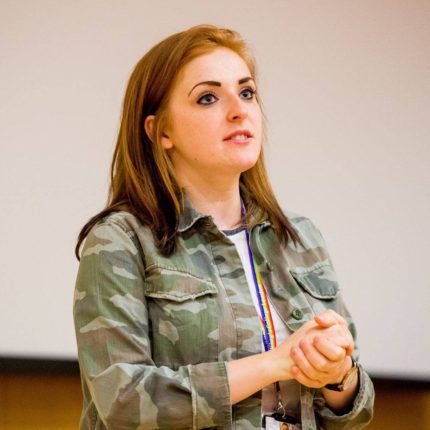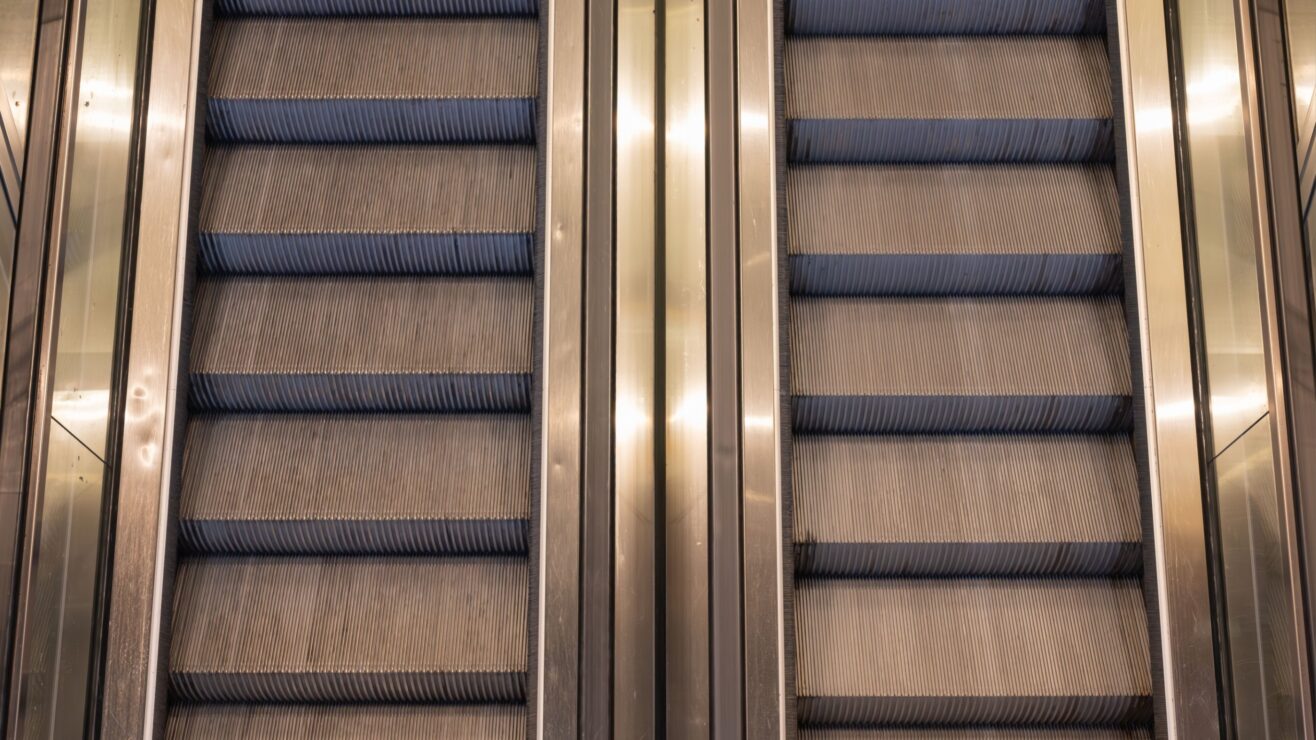Spoiler alert… the answer is no. It’s often baffled me that how a person feels about themselves or others can affect so many aspects of their life. For some reason, there are still people who believe your choice to love whomever you want, or to be who you are inside, really matters to them. As a confident, openly-gay woman who enjoyed a jam-packed few years at university, I was ignorant to believe that these troubles did not follow people to higher education – where discovering yourself is encouraged. I was wrong.
I have been fortunate enough to avoid bullying or discrimination based on my sexuality for the most part. Sure, I’ve had a few “dyke” comments thrown my way and I doubt I’ll ever hold hands with a woman in public and not be stared at, but I am approaching this issue from a relatively privileged position.
When I started my career in higher education I was met with some moral barriers; My job is to get the best and brightest students into university, regardless of their background. This means organising events and outreach activities for students who are underrepresented at university, and working to keep them with us once they get in. Universities commit to targeting certain groups under the guidance from the Office For Fair Access (OFFA). The list includes bright students who are:
- From low achieving state schools
- From neighbourhoods with low progression rates to university
- From areas with high socio-economic deprivation
- From low-income families
- From black and minority ethnic backgrounds which are underrepresented at university
- Mentally or physically disabled
- Over the age of 21 when they start their undergraduate degree
- In – or have experienced – local authority care, or who care for a family member
We know that LGBT+ students are more likely to experience mental health problems which will affect their academic performance. Even before university, LGBT+ students are also far more likely to be estranged from their families, and achieve poorer GCSE and A-Level grades – as they are more likely to skip school due to bullying. When LGBT+ students also have other characteristics which are underrepresented at university (i.e. a black, gay woman in Engineering), the challenges and barriers that these students face soar even higher. So where are they on the list?
Questions and answers
On the first residential event I organised I was shocked to find that the ‘default’ for safeguarding students in university accommodation is to house them in single-sex blocks. This led to some questions and their answers in my head:
How does this rule ‘safeguard’ students?
To prevent students them having inappropriate relationships with each other.
Who does this safeguard?
The heterosexual students.
Do single-sex blocks accurately represent an authentic university experience?
No.
How would I feel about this if I were a trans student, or a student who did not identify either way?
Pretty bloody awful.
This sparked me to look into the way universities communicate with students, the way we organise our events and whether we are supporting LGBT+ students enough. Every year universities write an “access agreement”, which details what support they will give to underrepresented prospective and current students. Of all the 123 higher education institutions who have published their 2018-19 access agreement, only 8 universities spoke in any detail about the issues these students face, with even fewer reporting plans to address these issues. 39 of 207 (19%) of all higher education and further education institutions referenced LGBT+ students as a commitment to equality and diversity more generally, and through work with their Students’ Unions.
The good news is that there are some examples of universities committing to support LGBT+ students. The University of Birmingham addresses many of the issues students face once they get to university. The university promotes an inclusive curriculum for all students, with specific guidance for trans-inclusive practices. Aside from being the right thing to do, promoting inclusivity in the learning-environment helps student-retention by making learners more comfortable. In terms of attainment, Birmingham will expand on their existing work with BME students to include LGBT+ students. This means they will support students in their academic attainment at university, closing the gap between the number of LGBT+ who achieve a 2:1 or a 1st class degree compared to non-LGBT+ students. Their work also looks toward graduation, with professional mentoring in careers.
The University of Sheffield set a great example for collaborative work between university staff and students in their LGBT+ staff network. They are unapologetically visible in their support for LGBT+ students, through rainbow lanyards, marching in Sheffield Pride and encouraging staff and students to be allies in speaking out if/when they see bullying behaviour. The level of detail these institutions provided in their agreements is something that is sadly not commonplace. The next generation of LGBT+ students needs to see this.
Beyond Higher Education, Stonewall offer fantastic support and guidance for universities and schools, including teacher training for addressing bullying, online resources, and a guide on how to provide the best environment for LGBT+ students. If universities are not already working closely with Stonewall, they should be.
Targeted outreach
Among the many opportunities universities offer to disadvantaged students, we have a duty to ensure LGBT+ students are not left behind in future. Issues with dropout rates with students from underrepresented backgrounds, and the difference in their academic success has always been a problem in higher education outreach, but we mustn’t approach the situation generally: one group’s reasons for dropping out and poorer grades will likely be different from another. We need to provide targeted outreach to these students, to level the playing field and help them succeed.
We also need to look at the way we organise outreach events for prospective sixth form students. It’s vital that we question everything we do in order to make progress: why do we split students boy-girl? Why aren’t we asking for their sexual orientation or gender identity on application forms to track students through higher education? Why are we leaving behind LGBT+ students in outreach work when we have made so much progress with other groups? For practical steps in getting the ball rolling we should work toward:
- Making our campuses visible supporters of LGBT+ students
- Create optional ally networks for non-LGBT+ colleagues to support staff and students in challenging bullying and discrimination.
- Work with schools, colleges & third sector organisations to educate younger generations on how LGBT+ bullying can affect a student’s life, in their mental health and academic attainment. Work on encouraging school students to be allies, reporting bullying when they see it.
- Create stronger links between staff and student LGBT+ networks, using professional contacts to support students in their careers, using mentors to enhance the attainment of students and foster an inclusive university environment to encourage retention.
- Dedicate resources for LGBT+ students in our Widening Participation and Access departments to improve our support for students on our outreach programmes, and the students in our universities – particularly in their health & wellbeing.
It’s time we stop being complacent with our LGBT+ students. They need our support, and it’s time we step up.














I was more under the impression that sex-segregated accommodations were used to help safeguard against unwanted ‘relationships’ and sexual assault. Not just the ‘inappropriate’ ones. I’m not sure of the answer, but removing these safe spaces could be problematic for some, as well as helpful to others. Would love to hear other thoughts on this though!
Forgot to add, great article. Thank you!